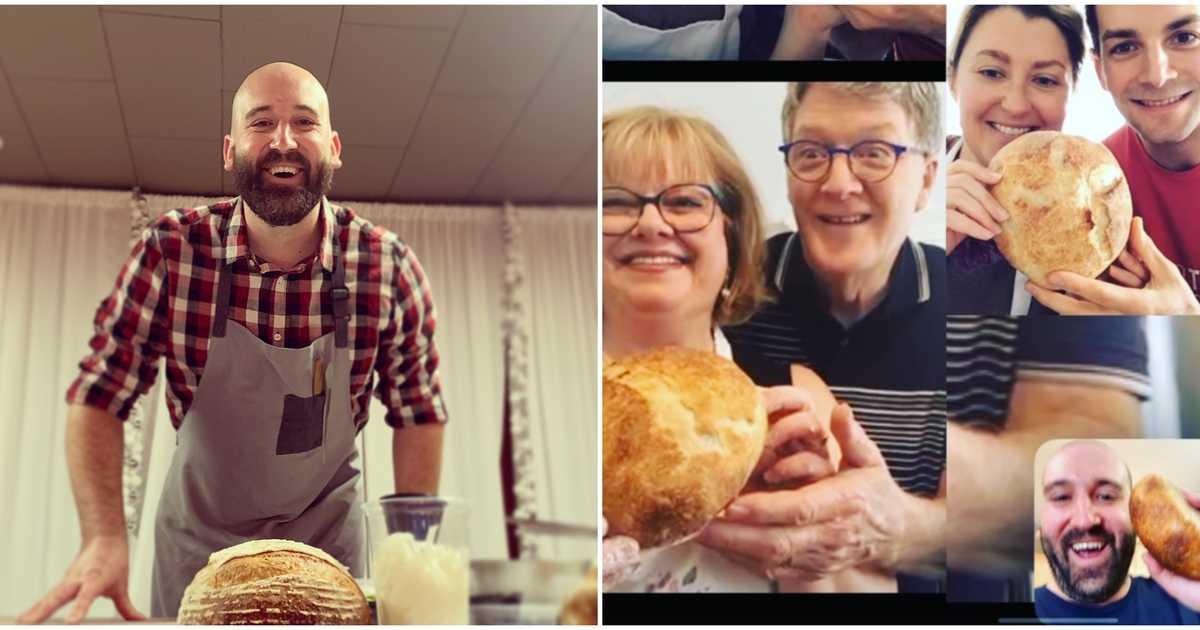The Rebirth of Influencer Marketing

Image from a live online cooking class by @EatMilkCrate
Home workouts, tie-dye, sourdough, wine tastings, homeschooling for our kids and live meditations for ourselves. None of these things are entirely new, but every one of them has gone full mainstream in the last several weeks. And you know who we’re not learning these things from? The pretty couple who we follow for their dreamy beach vacations.
There’s been a backlash in the business pages over the past few weeks calling for the death of the influencer. To me, the fact that exists as a headline means the writer fundamentally misunderstands the meaning of the word. To have influence is to affect people’s decisions. Influence stems from trust, or aspiration, or loyalty. It happens when one person earns the respect of an audience. The problem is that, when an idea becomes a marketing tactic, it gets over-simplified and reduced to the point that it can lose the essence of itself.
In the case of influencer marketing, we’ve misconstrued the power of influence with the metric of audience size. Because it’s just so much easier than doing research into what actually influences people, we look at the number of followers, subscribers, and likes as a cheap stand-in. But that’s not new – it’s probably not surprising to you that influencer marketing is broken. What is new is the fact that this COVID-19 crisis may well fix it for us.
Right now we’re out of our routines. We’re trying new things, exploring new hobbies, or even learning how to be productive from our home offices. All of that fresh discovery means we’re forced to find new sources of information and, as millions of us make those discoveries, we’re starting to build trust, aspiration, and loyalty with subject matter experts. People with thousands, or even hundreds, of people in their audiences are causing us to try new things, recommending products, and turning us on to ideas we may not have considered before.
That’s influence. That’s the ability to introduce new ideas and inspire people to try new things.
Coming out of this crisis and into the recovery, I worry that we’re going to see some brands go back to the habits they’ve developed, like paying one million+ follower Instagram accounts for awkward product placements. I worry just as much that many other brands will abandon the practice entirely, slashing influencer budgets and returning to their tried & true content marketing routines.
The brands that are paying attention, and are willing to do the work (a very rare combination), will seek out the people who have built trust in this period of time, supporting them with finances and resources to elevate what they’re already doing, and they’ll earn the ability to actually influence people’s choices.
That’s what influencer marketing was at its inception. That’s what it has been when it’s at its best, and it’s where the greatest opportunity is for brands looking to do some real, exciting work on the other side of this crisis.


